Huawei and Lenovo Pioneer Access to DeepSeek: Is the AI Phone Era Poised to Explode?
![]() 02/07 2025
02/07 2025
![]() 605
605
Facts have proven that many companies indeed commence operations on the eighth day of the Lunar New Year.
On February 5th, the eighth day of the Lunar New Year, reports emerged that Lenovo's personal intelligent agent "Xiaotian" had recently integrated the popular DeepSeek AI large model, allowing users to experience DeepSeek through Xiaotian's AI Space interface.
Concurrently, Huawei's system-level intelligent agent "XiaoYi" also integrated DeepSeek's latest R1 model on HarmonyOS NEXT (native Hongmeng), launching the DeepSeek R1 intelligent agent after upgrading the XiaoYi APP to the latest version (11.2.10.310).
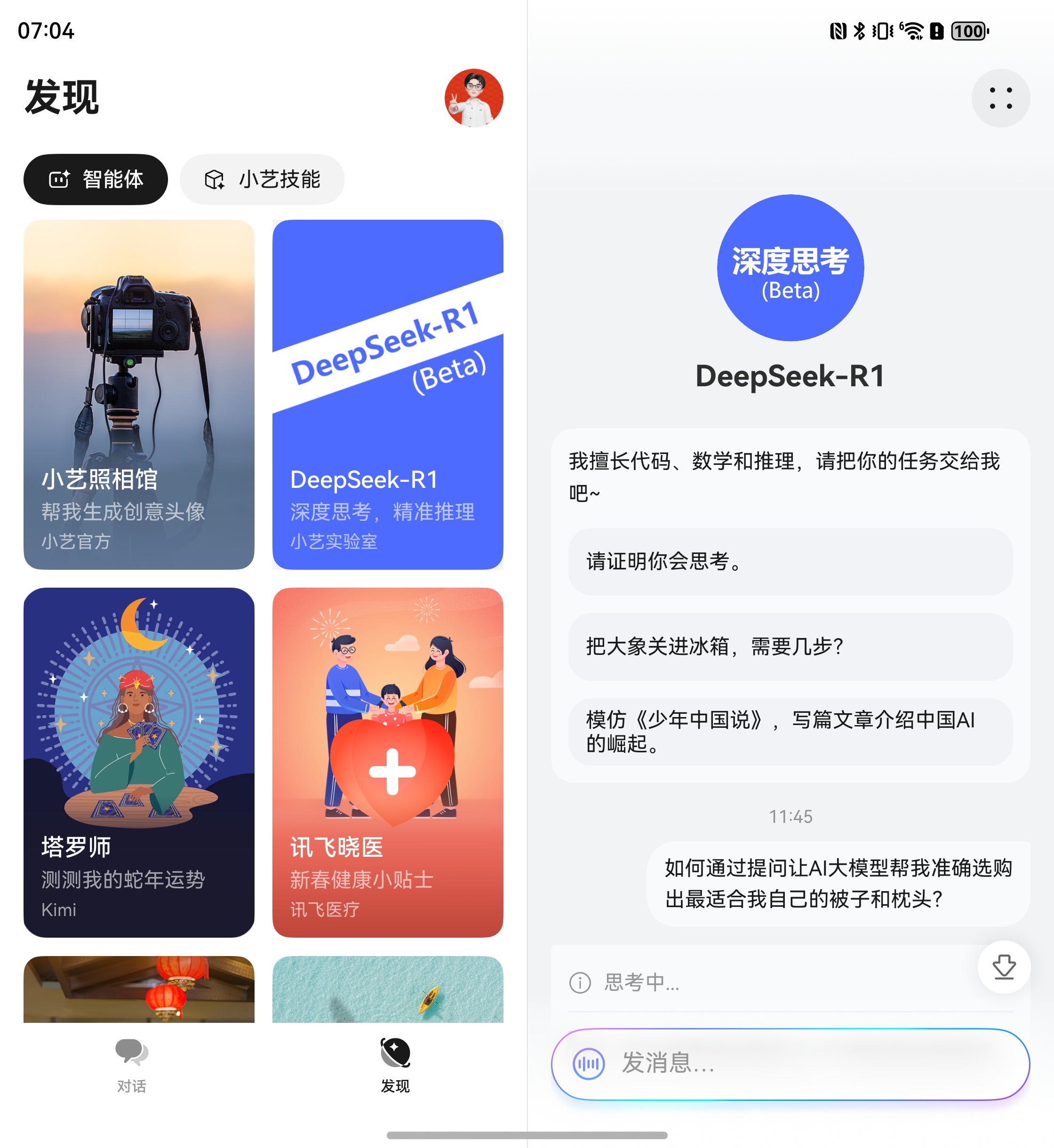
Photo/Leitech
One represents an important entry designed by Huawei for "intelligent life in all scenarios" within the Hongmeng ecosystem, while the other is Lenovo's cross-terminal personal intelligent agent. The fact that both integrated DeepSeek almost simultaneously might not be a mere coincidence.
The popularity of DeepSeek-R1 ultimately boils down to two factors: efficiency and open-source. Efficiency implies that DeepSeek-R1 achieves reasoning and generalization capabilities "comparable to OpenAI GPT-3.5" at a much lower cost, enabling more manufacturers to access and more users to utilize world-class AI large models. Open-source allows its popularity to spread rapidly, enabling manufacturers to bypass the dominance of a few AI giants and directly use, freely optimize, and deeply integrate it.
This could also be the reason why, within just two weeks, the mysterious force from the East—DeepSeek-R1—has transitioned from the tech circle into the consumer market, directly becoming the "new favorite AI" of countless software and hardware manufacturers worldwide, including Keep, Huawei, Lenovo, among others. This list is continuously expanding and updating.
It can only be said that DeepSeek is truly impressive.
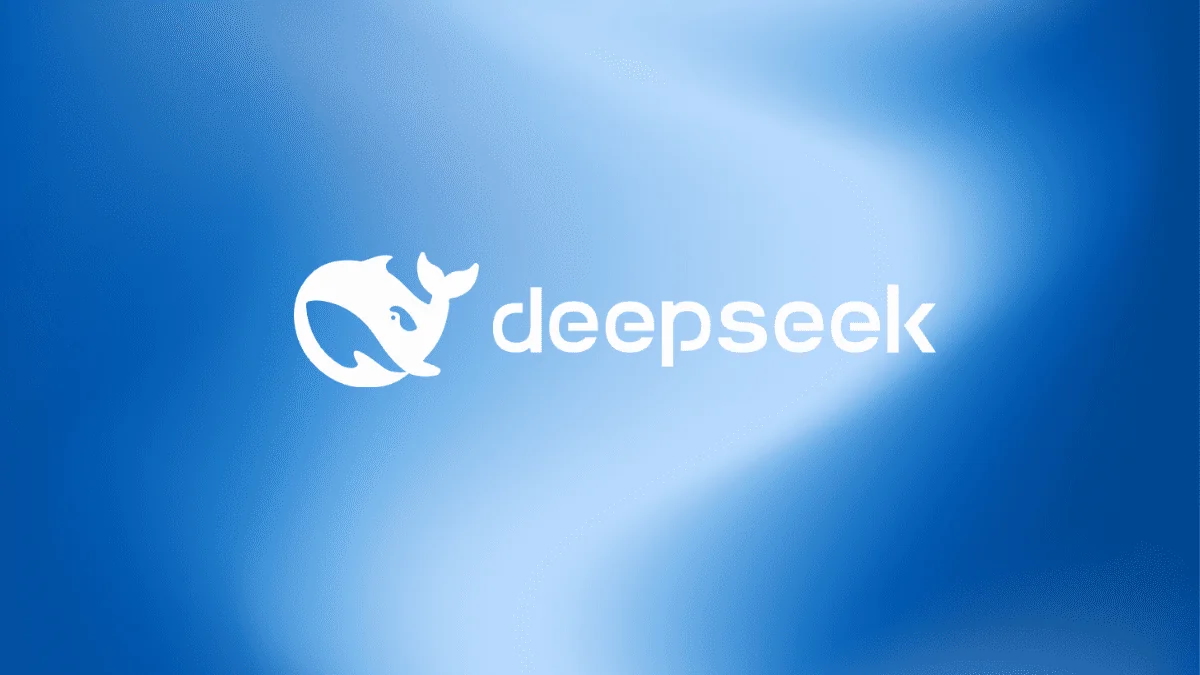
Photo/DeepSeek
However, to be fair, despite seeing Huawei and Lenovo integrate DeepSeek, there's still a considerable distance for terminal manufacturers to fully leverage it.
XiaoYi's integration of DeepSeek-R1 feels more like a plugin than a built-in feature.
In the competition of terminal AI, Huawei has always been a unique player. From end-cloud large models to operating systems, from chips to terminal products, everything is independently developed, with perhaps only Google as a comparable rival. This time, however, Huawei chose to integrate DeepSeek-R1, and the manner in which it did so is somewhat intriguing.
Limited to HarmonyOS NEXT, without deep integration, it's accessed as one of the intelligent agents—Huawei XiaoYi's integration this time still has a hint of experimentation.
Upon opening the XiaoYi APP on HarmonyOS NEXT (version 11.2.10.310 and later), you can prominently see DeepSeek-R1 listed on the intelligent agent square. But this isn't a UI-level change; it's a genuine enhancement of the AI experience. Users can directly invoke DeepSeek-R1 within XiaoYi for code reasoning, mathematical calculations, text generation, and even complex logical reasoning tasks.
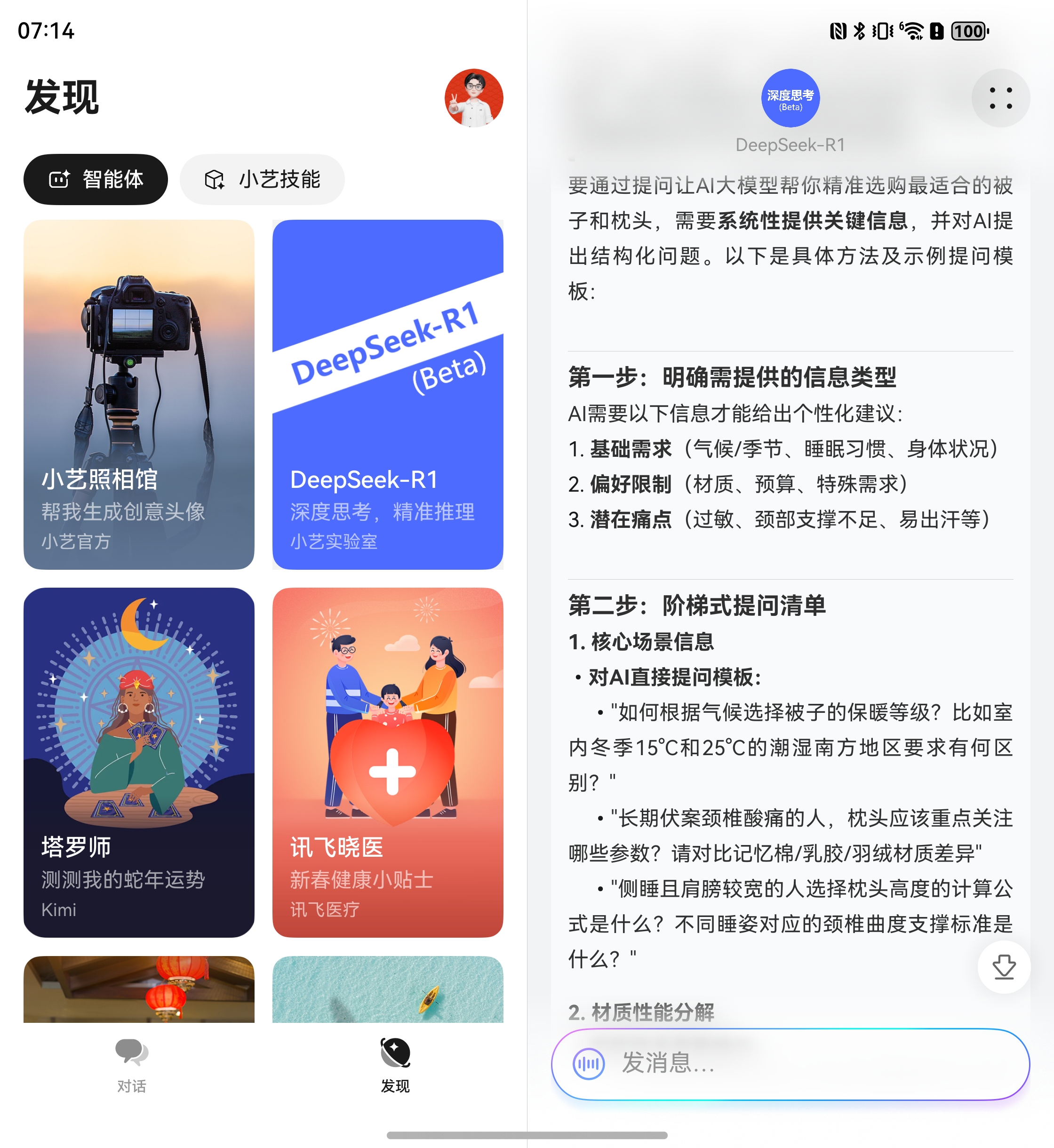
Photo/Leitech
I also tried asking DeepSeek-R1 how to formulate questions to let the AI large model help me accurately choose the most suitable quilt and pillow for myself. Compared to the previous XiaoYi, DeepSeek-R1 is obviously much "smarter," and the answers it provides are more constructive and can be used as a reference.
Li Xiaolong, CTO of Huawei's Terminal BG, also stated that DeepSeek-R1 has seen a significant volume of usage since its launch, and Huawei is also expanding its capacity.
It's understandable that the capabilities and performance of DeepSeek-R1 have already been globally recognized, but the issue with XiaoYi's integration of DeepSeek-R1 is also evident. In fact, the existence of DeepSeek-R1 within XiaoYi feels more like an external plugin rather than a system-level built-in AI.
From the practical experience, the manner in which DeepSeek-R1 is integrated into XiaoYi is very straightforward—accessing it through DeepSeek's API within the XiaoYi APP, and users can only open the DeepSeek-R1 intelligent agent within the APP to converse.
This integration logic implies that DeepSeek-R1 exists more as a separate "intelligent agent" on HarmonyOS NEXT and cannot be set as XiaoYi's default AI engine. In other words, if you merely wake up "XiaoYi" daily, it will still be the familiar XiaoYi intelligent agent and will not invoke DeepSeek-R1.
For now, Huawei's integration of DeepSeek-R1 feels more like a "plugin enhancement" rather than the ultimate form of terminal AI. Although this approach can quickly bring the latest AI experience of DeepSeek-R1, it cannot alter the underlying logic of terminal AI—that is, DeepSeek-R1 is merely invoked as an "external tool" and will not bring about changes to the device's native experience.
True adoption of DeepSeek by AI phones is still on the horizon.
Why did Huawei choose this approach? The answer might be tied to the development pace of the HarmonyOS NEXT ecosystem.
The official DeepSeek APP is currently not compatible with HarmonyOS NEXT, meaning that if HarmonyOS NEXT users want to use DeepSeek-R1, the best way is still through the XiaoYi APP entry. To a certain extent, this makes XiaoYi the only native channel within HarmonyOS NEXT that can use DeepSeek-R1.
But simultaneously, Huawei isn't rushing to deeply integrate DeepSeek-R1 into the system. On one hand, it might be due to the trade-off with its self-developed Pangu large model. Huawei has been promoting its self-developed AI (Pangu large model), and DeepSeek-R1 is an external open-source solution. In the short term, Huawei is more likely to "test the waters" rather than directly integrating it fully.
On the other hand, neither Huawei nor Lenovo has chosen to deploy the locally terminal on side. Although DeepSeek-R1 is efficient, it still requires a certain amount of computing power and hardware support, and power consumption also poses challenges. Currently, all parties might still be exploring more streamlined and deeper local optimization solutions.
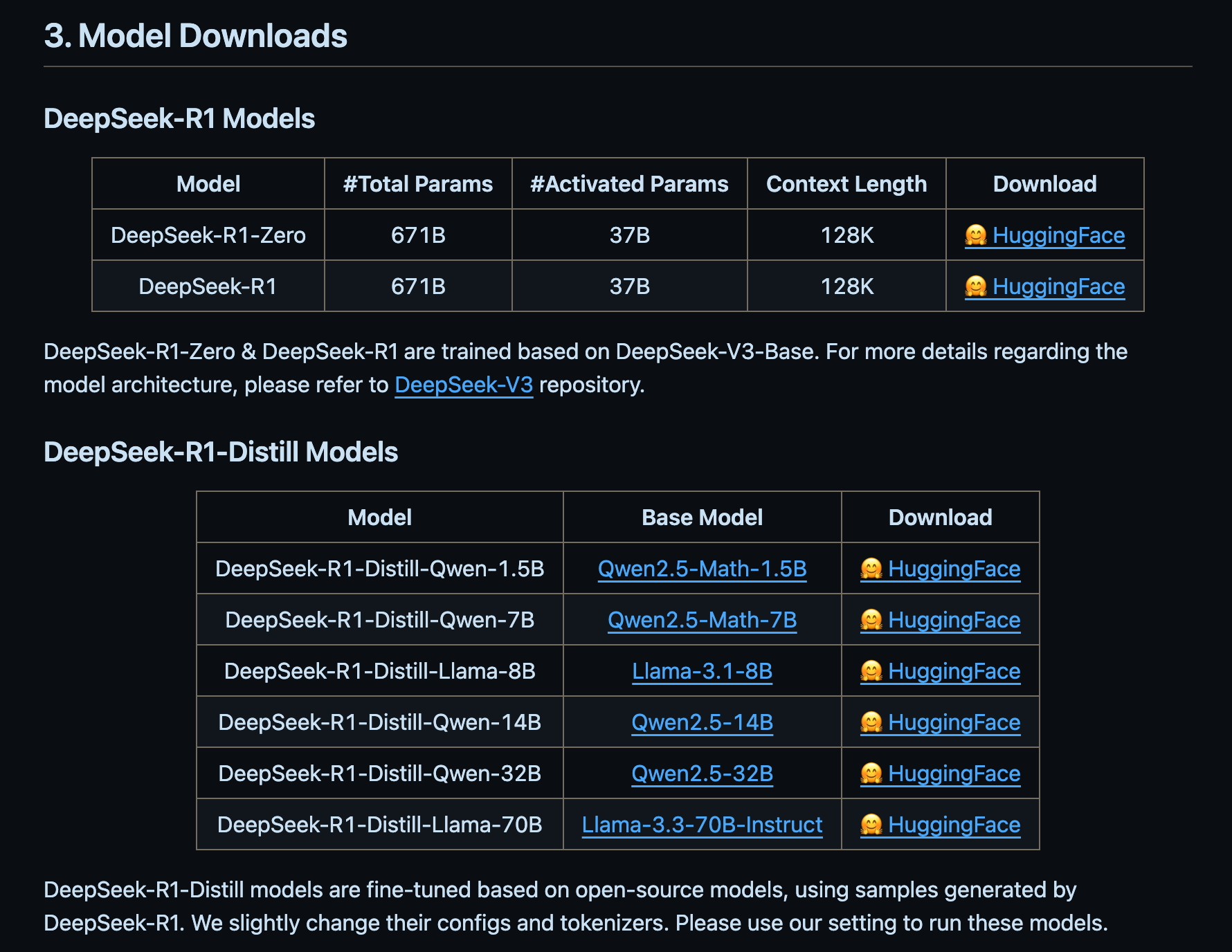
GitHub screenshot, Photo/Leitech
Especially considering that the current full version of DeepSeek-R1 has 617B (61.7 million parameters), which isn't suitable for personal terminals, the official distilled version offers different parameter scale versions ranging from 1.5B, 7B to 70B, but their performance also decreases to varying degrees.
But there's no doubt that DeepSeek-R1 or language models adopting similar large-scale reinforcement learning routes have taken the first step in transforming the terminal AI experience, though a more profound terminal AI experience might still be on the horizon.
In the first-quarter earnings call held recently, Qualcomm CEO Cristiano Amon clearly stated that the DeepSeek R1 model benefits Qualcomm because Qualcomm chips can efficiently run locally rather than in the cloud:
DeepSeek R1 and other similar models have recently demonstrated that AI models are evolving faster, smaller, more powerful, and more efficient, and are now capable of running directly on devices.
With R1 here, how much can the terminal AI experience change?
The transformation of AI terminals has long been more than just a concept. In the past year, from AI phones to AI PCs, the industry has taken a substantial step forward. With the continuous iteration of technology, the intelligence level and interaction experience of AI assistants have also continued to improve, from ChatGPT, Gemini, Claude to Kimi, Doubao.
And the emergence of DeepSeek-R1 opens a new door for personal terminal AI experience. If at the end of 2022, ChatGPT (GPT-3.5) amazed us with its extremely natural language dialogue ability, then at the beginning of 2025, the biggest shock brought by DeepSeek-R1 might be its powerful logical reasoning ability demonstrated through the "thinking process" at a lower cost.
Not to mention that DeepSeek-R1 is also open-source.
DeepSeek-R1 adopts the MIT open-source license, allowing users to train other models with the help of R1 through distillation technology. In other words, developers and manufacturers can customize and optimize the model according to their own needs, accelerating the implementation of AI functions on personal terminal devices.
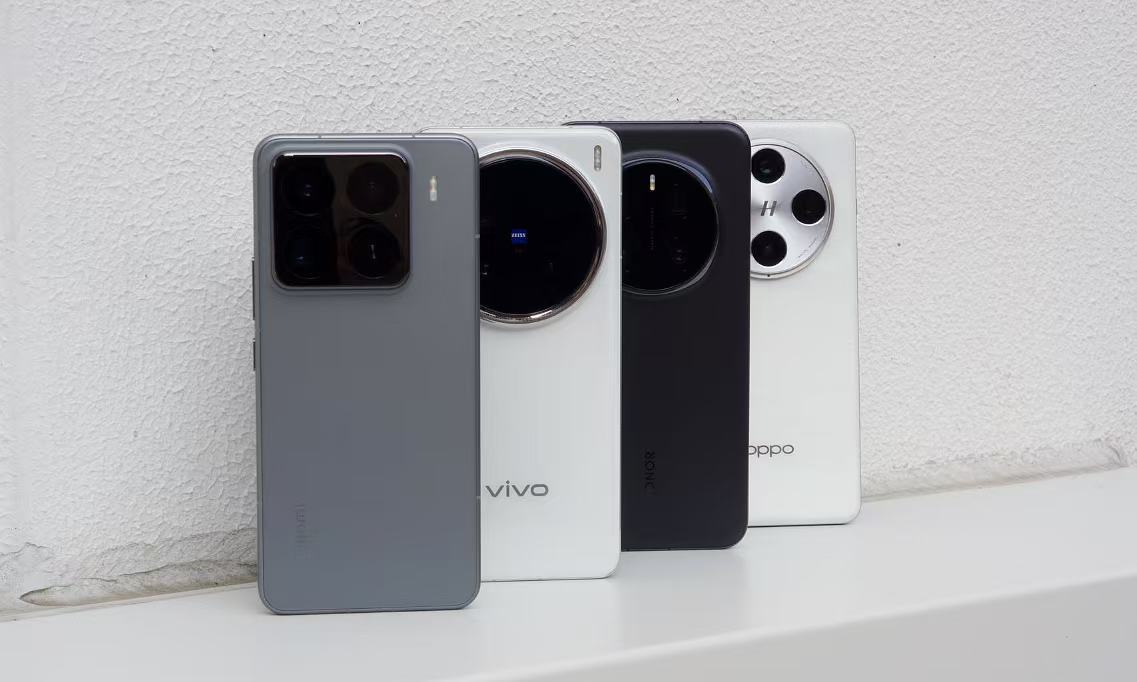
Photo/Leitech
What does this mean for the entire terminal market? Most intuitively, it accelerates the application and local deployment of AI, and terminal manufacturers can also train first-class large models and AI that are more suitable for their products based on DeepSeek-R1, rather than relying on closed-source AI giants.
In a nutshell, the emergence of DeepSeek-R1 not only signifies that terminal manufacturers have more choices but also means that the AI experience of terminals has more precise reasoning and more generalized capabilities, truly landing in more scenarios.
Although today's integration of manufacturers with DeepSeek-R1 is still relatively simple and rudimentary, we can already envision that starting with DeepSeek-R1, the transformation of terminal AI might only just be beginning.
Source: Leitech





